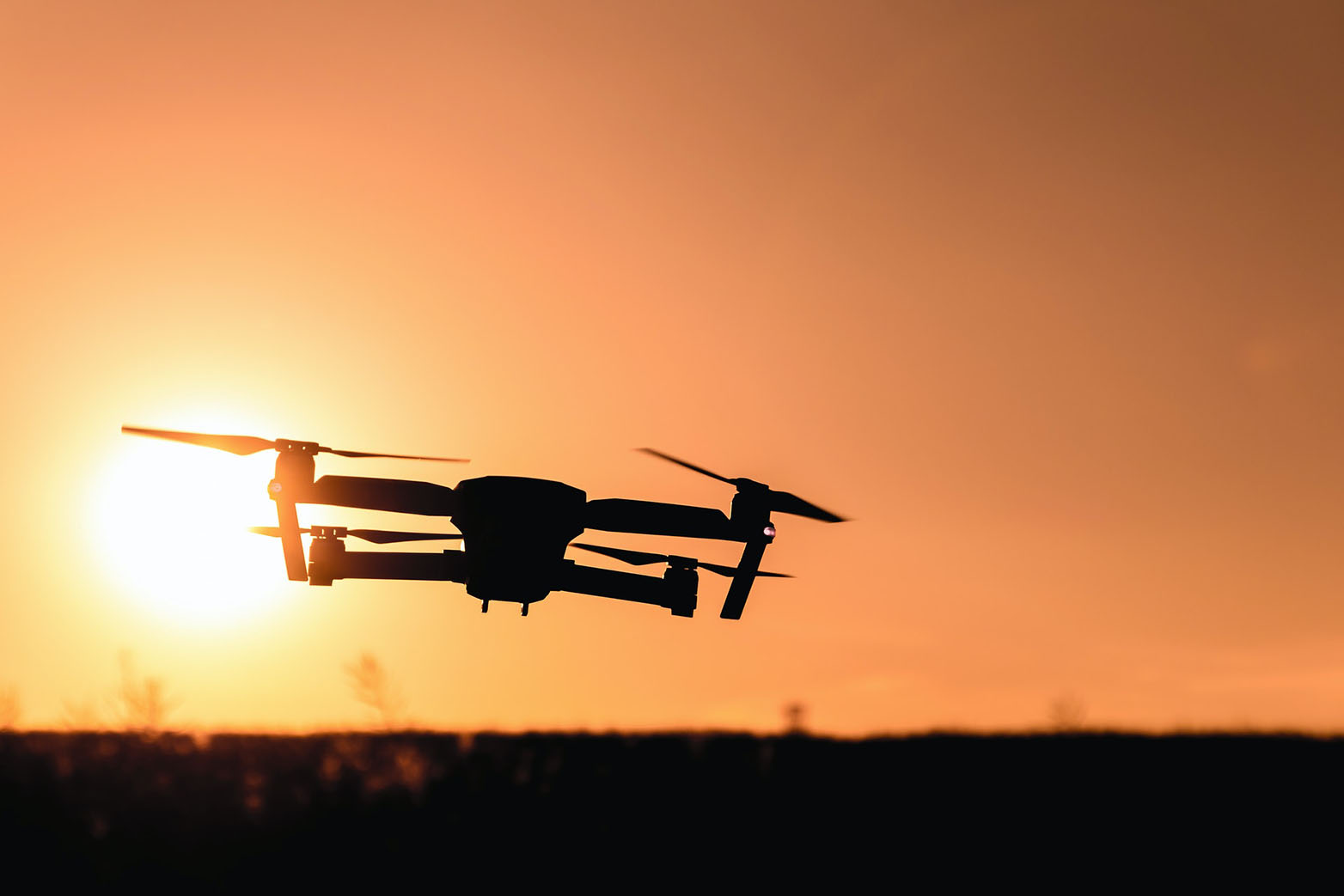Ceasefire Monitoring and Verification Technology
Ceasefire negotiators, monitors, and verifiers should not ignore advances in technology. What technology can and cannot do, however, has to be carefully assessed in relation to other factors that make or break a ceasefire, argue Alexander Hug and Simon J. A. Mason in this CSS Policy Perspective.

Key Points
- Ceasefires fail for different reasons, one of them being the poor quality of ceasefire agreements and their insufficient monitoring and verification.
- The use of technology for ceasefire monitoring – such as drones, cameras, acoustic sensors, and satellite imagery – can reduce the costs, minimize the security risks for humans, and improve the quality of ceasefire monitoring and verification through better area access and unbiased, high-quality data.
- For technology to effectively assist monitoring and verification, a politically supported and detailed ceasefire agreement needs to be in place. To build trust, conflict parties need to be involved in joint monitoring, verification, and compliance mechanisms, where necessary with the support of a third party. This requires clarity regarding the respective tasks of human monitors and verifiers on the one hand, and technological systems on the other hand, with the latter having a complementing role.
- To make use of the potential of technology for ceasefires and to minimize risks, states and international governmental organizations need to invest in training experts, acquiring the necessary infrastructure, and developing and coordinating the appropriate processes.
